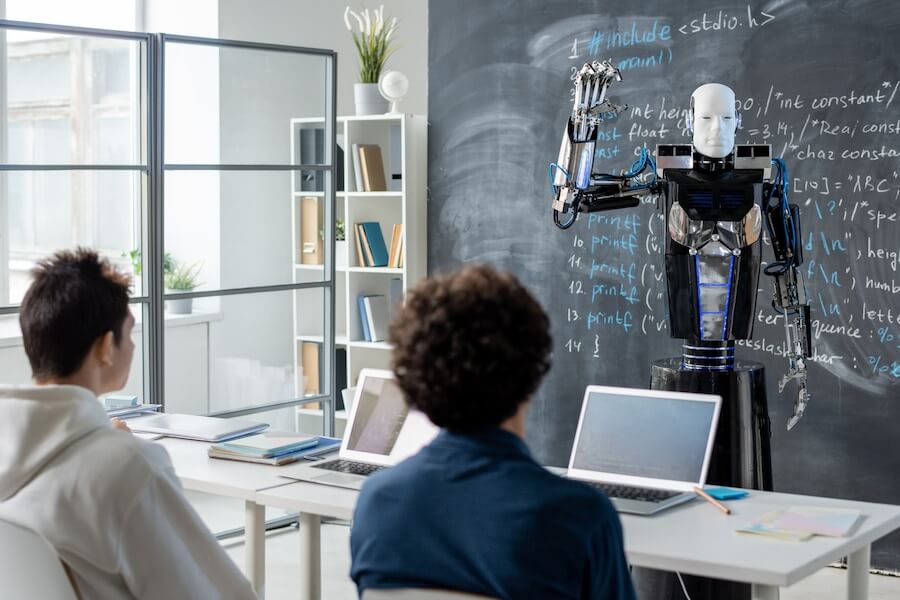The traditional method of training machine learning models requires enormous amounts of data and computational power. However, not every task or organization has the luxury of these resources. Enter transfer learning, a technique that's revolutionizing the way AI models are trained by offering a clever and efficient shortcut.

1. Understanding Transfer Learning
At its core, transfer learning is the practice of reusing a pre-trained model on a new, but related task. Instead of training a model from scratch, transfer learning taps into previously acquired knowledge from a related task, thereby reducing the training time and the requirement for vast amounts of data.
2. Why Transfer Learning Matters
- Resource Efficiency: Training deep learning models, especially neural networks, can be computationally expensive and time-consuming. Transfer learning mitigates this by capitalizing on pre-existing models.
- Data Scarcity: Not all tasks have abundant labeled data. Transfer learning provides a framework where minimal data can still lead to robust models by leveraging related datasets.
- Rapid Deployment: For industries that need quick solutions, transfer learning offers a way to deploy models in a shorter timeframe.
3. How It Works
Imagine you've trained a neural network to recognize various types of fruit. This model, having understood shapes, textures, and colors, can then be adapted to recognize specific types of a particular fruit, like apple varieties, with minimal additional training.
The process generally involves:
- Selecting a Pre-trained Model: This model has been trained on a large dataset for a similar task.
- Fine-tuning: Adjust the model's final layers to make it suitable for the new task. The initial layers retain their learned features, while the latter layers are adjusted to the specific requirements of the new task.
4. Real-world Applications
- Medical Imaging: Transfer learning aids in tasks like tumor detection by leveraging models initially trained on general image datasets and then fine-tuning them with specific medical images.
- Natural Language Processing: Models trained on vast textual data can be adapted for specialized tasks like sentiment analysis or legal document summarization.
- Autonomous Vehicles: Transfer learning accelerates the training of models in recognizing road signs or obstacles by using pre-trained models on general object recognition.
5. Challenges and Considerations
- Domain Disparity: If the source and target tasks are too different, transfer learning might not yield optimal results.
- Overfitting on Small Datasets: If the new dataset is small, there's a risk that fine-tuning might cause the model to overfit.
- Computational Costs: While transfer learning saves resources, fine-tuning large pre-trained models still requires significant computational power.
6. The Future of Transfer Learning
Transfer learning is only scratching the surface of its potential. With the rise of more sophisticated models and diverse datasets, the horizons of transferable knowledge will expand. Techniques like few-shot learning, where models make predictions based on very few examples, and zero-shot learning, where models predict unseen classes, exemplify the innovative trajectory of transfer learning.
Transfer learning is the embodiment of the old adage, "Why reinvent the wheel?" By leveraging the knowledge of pre-existing models, it provides a shortcut in AI training, ensuring that the path to robust AI solutions is shorter, more efficient, and within reach for more organizations and tasks. As AI continues to permeate diverse sectors, transfer learning stands as a testament to the importance of adaptability and the intelligent utilization of resources.
Supplementary Content
Transfer Learning in Conjunction with Other Techniques
Integrating transfer learning with other AI techniques can elevate its impact:
1. Transfer Learning and Reinforcement Learning: In tasks where agents learn by interacting with environments, pre-trained models can provide a knowledge base, allowing agents to start with more informed decisions, thus accelerating the learning curve.
2. Generative Adversarial Networks (GANs): Transfer learning can help GANs, particularly in tasks where data is scarce. By starting with a model familiar with similar data, the generative process becomes more efficient.
3. Semi-supervised Learning: In scenarios where labeled data is limited, but there's abundant unlabeled data, combining transfer learning with semi-supervised techniques can yield models that are both data-efficient and accurate.
4. Multi-task Learning: When training models for multiple related tasks simultaneously, transfer learning can provide a foundational knowledge layer, enhancing the performance across all tasks.